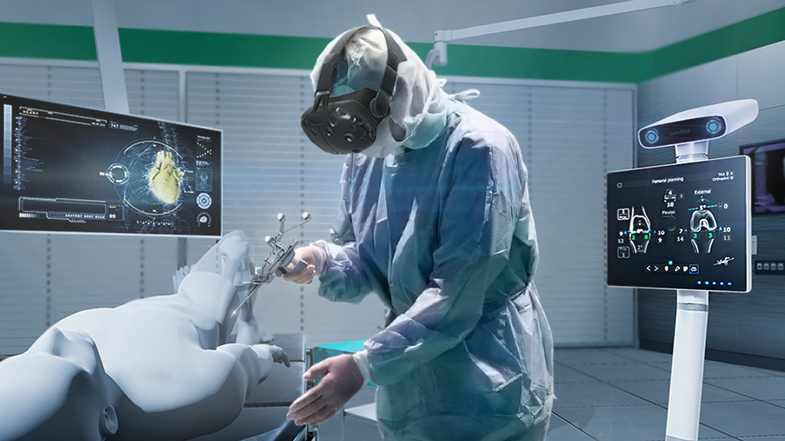Medical Informatics and Healthcare Applications and Systems
Today, it is not possible for students to gain appropriate clinical experience due to factors such as limited clinical application areas within the complex structure of the health care system, shortening the hospital stay of patients, and spending less time in the clinic due to the education system.
Simulation-based learning has become one of the most effective methods for adequate preparation for the profession. Simulation-based education is an egalitarian teaching method in which adult learning principles are used effectively, environments suitable for different learning styles are created and each student has an opportunity to learn. Simulation-based education interests and needs are defined by the learner and the trainer, learner experiences are prioritized, the student is given the opportunity to learn by doing, and learning is supported by feedback.
In addition, thanks to this system, which will be able to reach more people more quickly, which is a general benefit of educational technologies, it will be able to train much more specialists.

Education and Training Simulator Systems
Within the scope of Medical Informatics, Health Applications and Systems, solutions are offered for Education and Training Simulation systems within the scope of adaptive detail level and features.
With the support of augmented reality glasses of anatomy education, it will help to make detailed analysis on each system on the virtual human body.
Education and Training Simulation systems helps;
- Immersive exploration,
- Experience that allows students to interact
- Helping to understand the objects and the concepts behind them,
- Education that combines immersive participation,
- Lifelike experience with rich detail and high resolution
.
Operational Planning and Treatment System Solutions
With the surgical operation planning system, it is ensured that the surgeon can plan the entire operation in 3D with virtual reality (VR) glasses before the operation and start ready for the operation. With VR, it is possible to work on 3D images of the brain and tumor, and preoperative planning is made with a hand controller to determine the entry points to the skull and the direction of progression.
In the education system with AR glasses, it is ensured that the brain image is displayed on the model by positioning it in harmony.
A person who is trained in the Basic Surgery Operational Planning and Training Simulator works on the simulator and accelerates the learning curve instead of learning by doing a lot of experimentation on the real patient.
